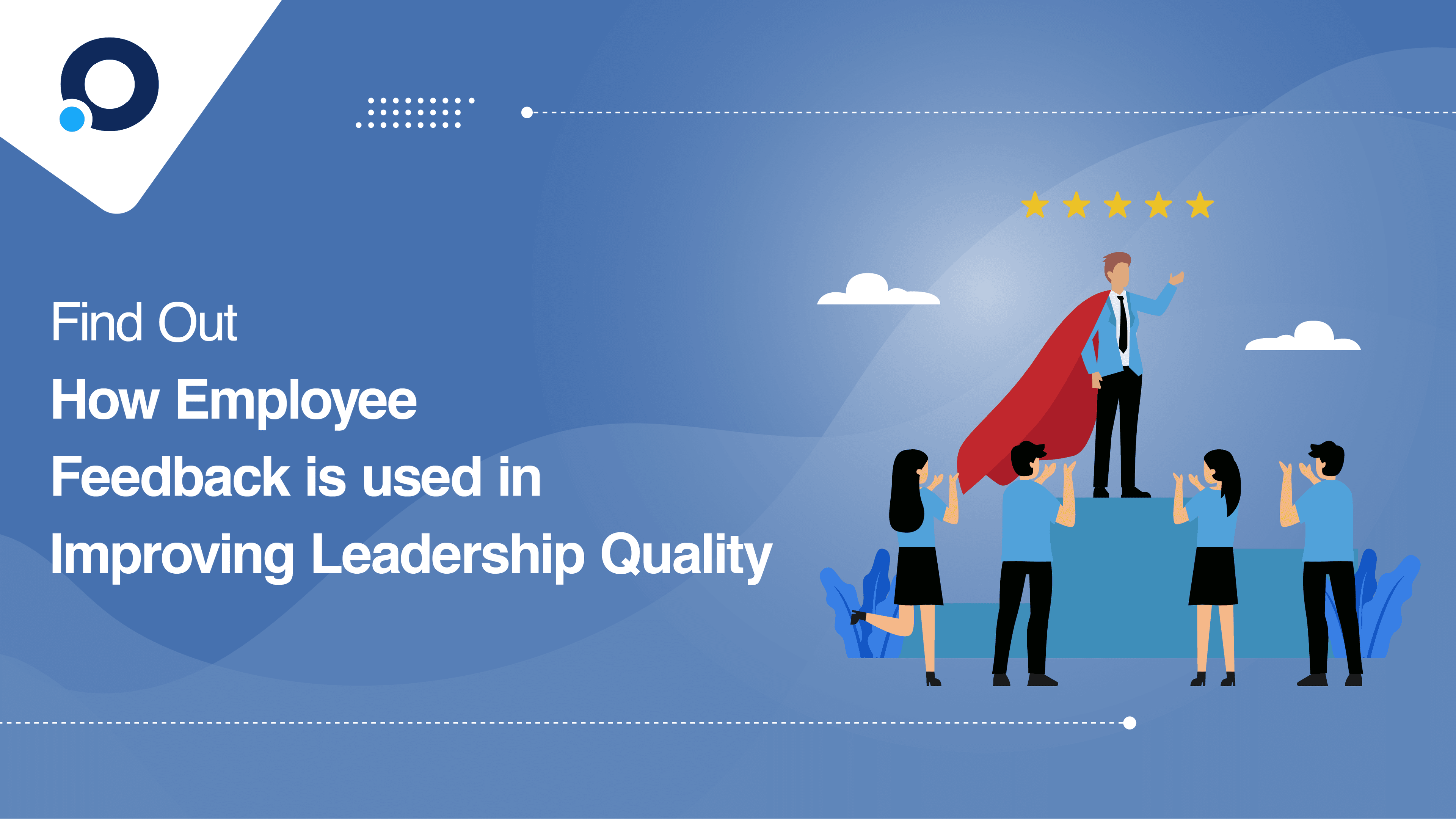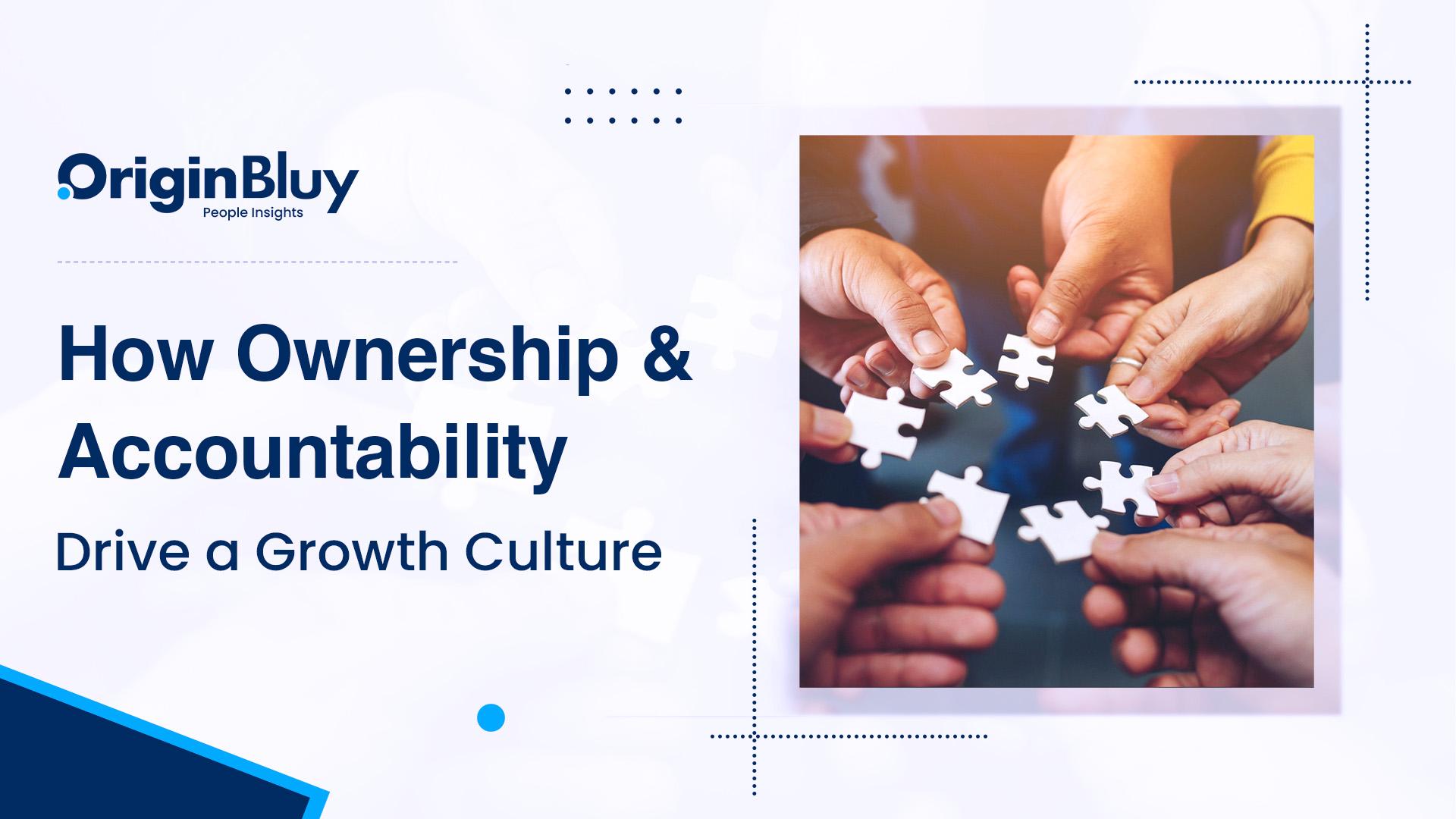Leadership is not an unchanging ability but grows and changes through experience, self-assessment, and feedback mechanisms. Feedback, as actionable communication between leaders and their teams, plays a vital role in professional environments. This article explains the importance of seeking feedback from employees to enhance leadership quality and how this can be achieved.
What Is Employee Feedback?
Employee feedback is the information employees provide about their experience, perceptions, or expectations in the workplace. It can be categorized as:
- Constructive Feedback: Ideas for change, leadership improvement, communication, and organizational procedures.
- Positive Feedback: Appreciation of work, successful initiatives, and efficient leadership execution.
Feedback matters because it:
- Provides insight into team interactions and attitudes.
- Helps leaders identify areas for improvement.
- Boosts employees' confidence to report issues.
- Reflects how leaders perceive and improve their work.
Feedback: Its Influence on Leadership Development
Gives Leaders a Better Picture of Their Team’s Needs
Employee feedback helps leaders understand their team’s needs and expectations. For instance, feedback can highlight micromanagement concerns, prompting leaders to improve delegation and foster a more acceptable organizational culture.
Enhances Emotional Intelligence (EI)
Feedback enables leaders to improve empathy, self-awareness, and adaptability by understanding their impact on team morale and communication.
Drives Continuous Improvement
Frequent feedback informs leaders about organizational and team expectations, encouraging learning activities and adapting to changing workplaces.
Improves Decision-Making
Feedback introduces diverse viewpoints, highlighting potential problems and generating ideas for better decision-making.
Fostering a Feedback-Friendly Environment
- Promote Efficacious Speaking: Transform the organizational culture to allow employees to speak freely. Use anonymous tools when necessary.
- Model Receptiveness: Show how to accept constructive criticism by listening and implementing recommendations.
- Establish Feedback as a Routine: Make feedback a recurring element in meetings, questionnaires, and formal tools like 360-degree feedback systems.
- Recognize and Act on Feedback: Value employee feedback by creating changes and communicating the process to those involved. Praise and reward positive contributions.
Recognising and Applying Feedback
Feedback should be recognized and used to make meaningful changes. Leaders who value feedback create a culture of mutual growth and trust. Leadership development programs globally emphasize feedback’s importance in building leaders and achieving organizational outcomes.
Conclusion
Feedback is a powerful tool for leadership and organizational growth. It builds trust, enables free communication, and fosters continuous improvement. In today’s volatile business environment, feedback serves as a map guiding leaders toward excellence. Start today—invite, accept, and apply constructive criticism to grow as a leader.

























